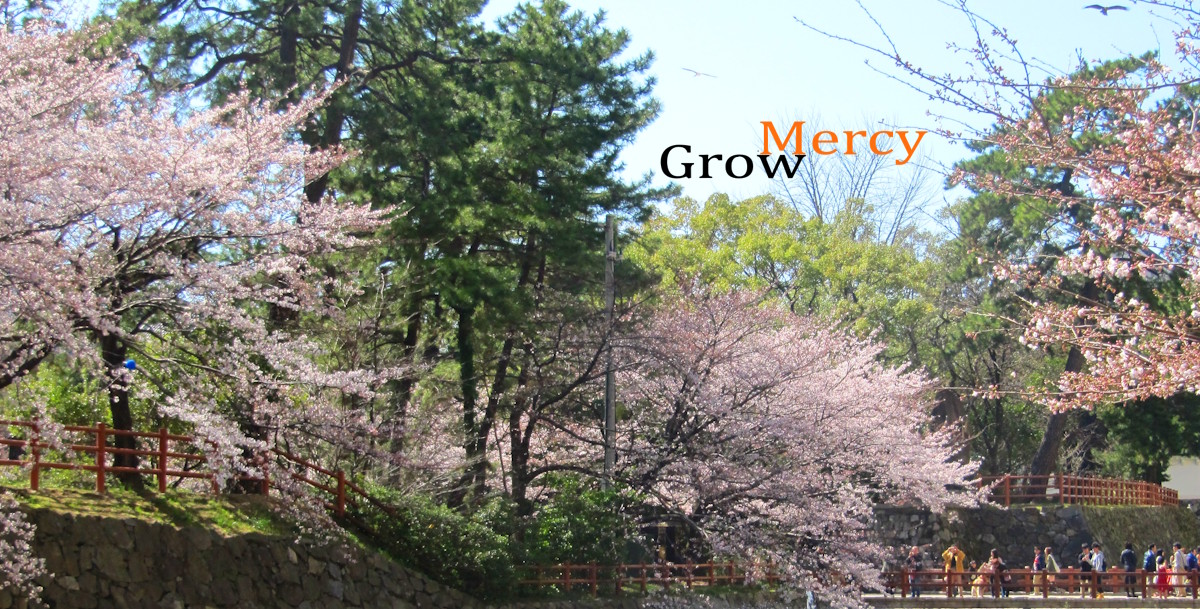Jesus answered, “My kingdom is not from this world. If my kingdom were from this world, my followers would be fighting to keep me from being handed over to the Jews. But as it is, my kingdom is not from here.†(John 18)
Patriotism is not a Christian virtue. That’s why Christians make bad nationalists; well, at least they should make bad nationalists. But as it is, too many Christians make “model” nationalists. And as for our Southern nieghbours–which we take pains to differentiate ourselves from, there-by guaranteeing our becoming their double–being Christian, is a positive item on the resume of any political aspirant.
It wasn’t always so. In early Roman society it was a mortal risk to be Christian. The emperor and his counsel understood that anyone with an allegiance to Christ had a proportional indifference to the machinery of state. And indifference, unlike flat-out rebellion, is a cancer of statehood. Flat-out rebellion is easy, its the same game with the same rules.
Of course the ancient Christians deeply desired to live in peace with others, but their presence, because of their lack of allegiance to the emperor, was a kind of anarchy. And so they were dispensed with.
Two millennia later the tables have turned, but the picture is murkier than ever. Christianity, with its “golden rule” as a leavening agent, has had a humanizing and civilizing effect on our western culture. But the foundation and sustaining of our nations has been rarely civil or humane. Thomas Jefferson had no compunction about this grim reality and said, “The tree of liberty must be refreshed from time to time with the blood of patriots and tyrants. It is its natural nurture.”
But as far as I can tell, our place as Christians is in neither arena–patriot or insurrectionist. Allegiance to either camp is adherence to the same old dreary game. In this game the tables eventually turn, insurgents become the patriots, but nothing new ever happens.
The patriotic spirit easily becomes an idol. When it does, it can become the worst form of nationalism.
But we have the model of Jesus who was no patriot. His allegiance was not-of-this-world, meaning, he was completely indifferent to our ways of founding and keeping alive nation-states through violence.
Tags: Christianity, Patriotism, Violence

